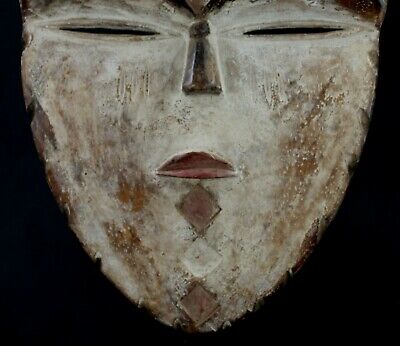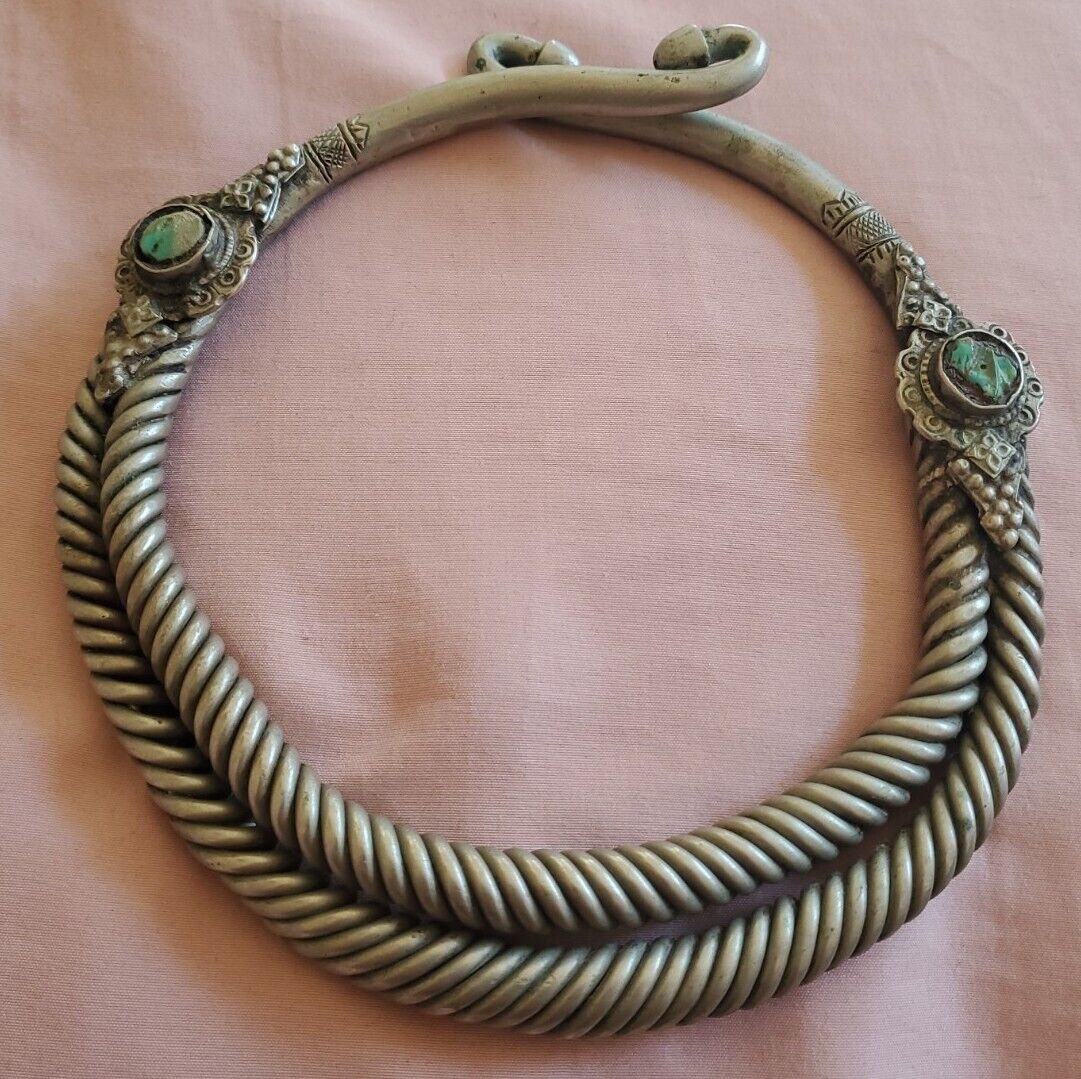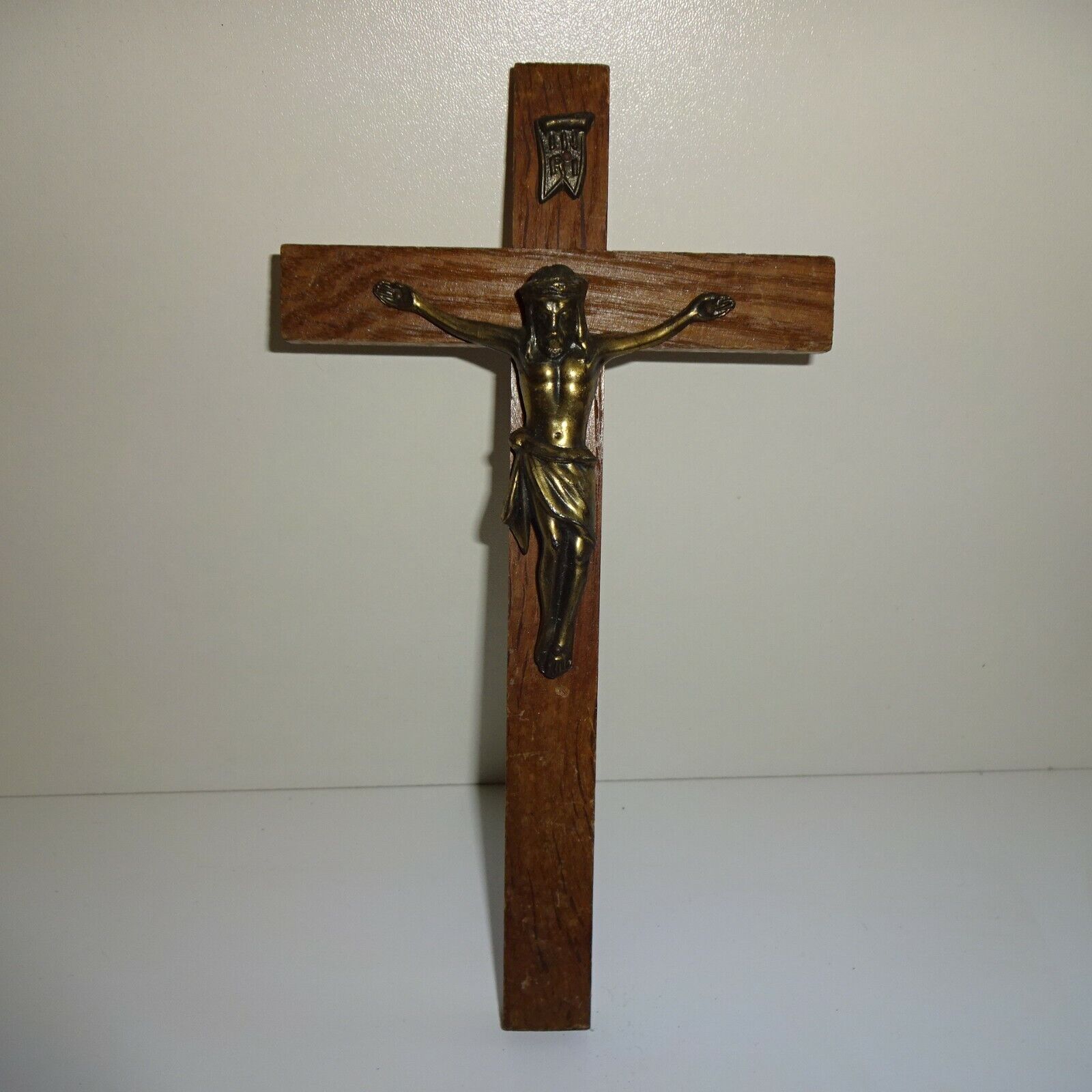-40%
Art African Arts First - Beautiful Mask Vuvi / Mitsogho - Gabon - 35 CMS
$ 555.07
- Description
- Size Guide
Description
.: Collection-dafrique :.Comments
broadcast list
Add to favorite sellers
Toggle navigation
Menu
WHO ARE WE
Payment method
CONTACT
Menu
WHO ARE WE
Payment method
CONTACT
Product Description
Vuvi mask - Gabon
Product Description
ENGLISH SPEAKING
Dimensions of 35 x 24 x 7 cms.
Weight about 0.550 kg without packaging.
Materials: Soft wood, natural pigments.
Presumed seniority: More than 40 years.
In the heart of central Gabon, between the Offoué and Lolo rivers, are the Vuvi, a small crop until recently little known. The Vuvi are best known to the outside world for a small body of face masks, mostly collected in the 1930s, whose design is surprisingly clean, graphic, and abstract.
The ingenious aesthetic of these masks is particularly appealing in its bold graphic purity to what one might call a "modernist" aesthetic. According to Perrois and Grand-Dufay (2005: 124-125): "Human features are summarized in a few lines on a white oval surface: a double arch superimposed on a triangle becomes the eyebrows, eyes and nose. The portrait-image thus becomes a pictogram, and reality a sign. "
The community life of the Vuvi, like many of their related Gabonese neighbors, was governed by an initiatory society and a belief system that emphasized the veneration of ancestors, the bwete (or bwiti) society. Grand-Dufay (2013: 98) notes that bwete "involves the instruction of young people by experienced adults over a period of six months through a" series of lessons on the ethical, religious and disciplinary principles of the tribe " [Swiderski 1975: 123], as well as physical exercises and moral tests intended to help carry on the tradition ". The bwete takes place partly in the ebandza, a ritual temple in the village, and partly in the nzimbe, a place of secret meetings in the forest. The first obligatory rite of passage, called bwete disumba, or classic bwete, consists of chewing the grated bark of the roots of the eboga shrub (Tabernanthe iboga), called 'sacred wood' or 'bitter wood', resulting in spoilage temporary consciousness and a hallucination which allows contact with the Great Beyond, with the first ancestors and with the cosmic triad (Kombe the sun, Ngonde the moon and Minanga the stars). "
She continues (ibid. : 100): "The public demonstrations by bwete were spectacular. Masks emerged from the darkness to the sound of horns, the sound of drums, and the light of torchbearers. Among the Tsogho, as among the Vuvi, maskers appeared in anthropomorphic disguises, covered with animal skins, foliage and fabrics. They symbolized the 'glorious deceased', the ancestors who had been initiated into the bwete and who now live in the village of Kombe [the primordial ancestor]. "
Defining the style of these masks, Grand-Dufay (ibid. : 103) states: "The Vuvi style is characterized by a combination of elements, including long curved eyebrows, eyes that can either be close together or elongated towards the temples, a short, triangular nose that is conical or rectangular in shape, and an always open mouth, sometimes showing teeth. All of these elements form a heart-shaped face. [...] A similar short, triangular nose is also seen in the sculptures of the Kwele and Tsogho, as are the rounded eyebrows, which are sometimes doubled. Like some Fang, Tsogo, and Aduma masks, most Vuvi masks do not have ears. In this, they differ from those of the Punu, Tsengi and Dzebi. The hair is rendered by a wide rounded band to which are added vegetal ornaments. "
The corpus of existing Vuvi masks is quite small, comprising around fifty examples. For a mask formerly in the Goldet collection which is considered the archetype of the style, see S otheby's, November 11, 2014, lot 90.
This Vuvi mask has
including dramatic arched eyebrows, a small, pinched mouth, and scarifications on the cheeks and chin. Important remains of kaolin and natural pigments.
For a more in-depth discussion of the corpus, see Grand-Dufay (2013: 92-105).
An observation? A question? Do not hesitate to contact us.
THANK YOU FOR YOUR VISIT +++++++++++
MG43_45
Payment / Payment
SECURE PAYMENT
You can pay by check, bank transfer or paypal.
Look at our reviews. All customers are satisfied.
SECURED PAYMENT
You can pay by check, bank transfer or paypal.
Please check our ratings. We do our best to satisfy all customers.
The objects are packed with great care and protection. If the shipping costs are sometimes high, this is due to the weight of the object and its packaging.
We consolidate shipments when possible, in order to reduce shipping costs.
Either way, if you pay too much postage, you will be refunded after sending.
Contact us for more informations.
-
PACKAGING AND DELIVERY
The items are packed with great care and protection, in order to reach you in good condition. If the shipping costs are sometimes high, it is most often related to the weight of the object as well as its packaging.
We combine shipping, whenever possible, in order to reduce shipping fees.
Anyway, if you pay too much in terms of shipping, we will reimburse you the difference after delivery.
If you wish, we can use special transport services uppon request, such as Mondial Relay. Please contact.
Contact
Xavier simon
Address :
Maringues, 71800 SAINT JULIEN DE CIVRY, FRANCE
Direct Tel:
+ 33 7 80 58 87 26
Skype :
xavier.simon1
Facebook :
Collector of Africa
https://stores.shop.ebay.fr/Collectionneur-dAfrique__W0QQ_armrsZ1
© 2017 Collector of Africa. All Rights Reserved.
OLMS
- Powered by:
The community life of the Vuvi, like many of their related Gabonese neighbors, was governed by an initiatory society and a belief system that emphasized the veneration of ancestors, the bwete (or bwiti) society. Grand-Dufay (2013: 98) notes that bwete "involves the instruction of young people by experienced adults over a period of six months through a" series of lessons on the ethical, religious and disciplinary principles of the tribe " [Swiderski 1975: 123], as well as physical exercises and moral tests intended to help carry on the tradition ". The bwete takes place partly in the ebandza, a ritual temple in the village, and partly in the nzimbe, a place of secret meetings in the forest. The first obligatory rite of passage, called bwete disumba, or classic bwete, consists of chewing the



















